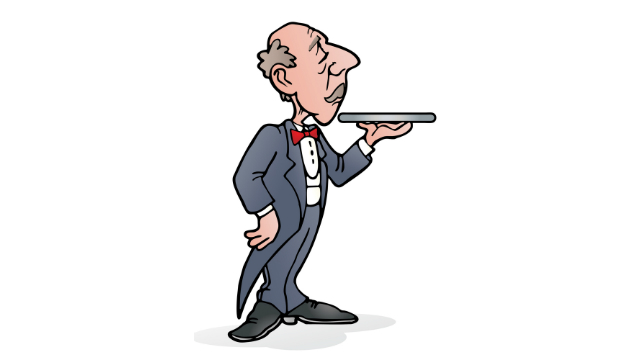Drowning in Benefit Choices? How Businesses Can Restore the Balance

What’s the Big Idea?
Employees in this economy lucky enough to have good benefit packages may have noticed that figuring out your options can be something of a full-time job in itself. Should I go with the Platinum Fantastica medical package with the $500 deductible and out-of-network coverage? Should I split my 401K assets evenly between the Wise Wimp portfolio (safe, yet boring) and the Ramblin’ Gambler (lose it all or win double!).
Typically, employees appreciate having some control over their healthcare and pension options, but the more the choices proliferate, the less people tend to exercise them. Worse, employees overwhelmed by options often make impulsive decisions that aren’t in their best interest, simply to be done with the paperwork (and get back to their real jobs).
So what can employers do to balance the need to provide competitive (i.e. option-rich) benefit packages with the desire to see them utilized effectively and to protect employees’ well-being? As the Global Communications Director for Mercer, Bruce Finley knows that benefits is one of the key areas in which employer/employee communication tends to break down. Employers don’t want to patronize employees by making all of their benefits decisions for them, he says, but they can go a long way toward helping workers to understand their options.
This begins, Finley says, with prioritizing the choices as follows:
1) 401(k): To participate or not to participate? Employers should begin by encouraging employees to participate in the 401(k) plan if they offer one. Other decisions depend on this one, and participating is one of the more beneficial choices an employee can make.
2) Consistent asset allocation: Once employees opt in to the 401(k), employers should guide them in making sure they’re going to get a consistent return on their investment over time.
3) Stick with choices that are working for you, even when times get tough: People tend to make emotional decisions about their benefits, pulling assets out of retirement plans, for example, when the economy gets rocky. Employers can help workers to keep their eye on the long-haul, and discourage them from making risky decisions in the heat of the moment.
What’s the Significance?
While employers aren’t babysitters, a healthy relationship with your workforce means looking out for employees’ best interests, especially in cases where you have specialized knowledge that they may lack. Employee benefit choice is a relatively new phenomenon – historically employers made these decisions for the company as a whole. Therefore there’s a knowledge gap, and it’s the responsibility of concerned employers to ease the transition by making sure employees understand their options and can make informed decisions.
This is not only about being a nice boss (though there’s nothing wrong with that, either). It’s a crucial step in establishing a relationship and a culture of trust and clear communication that will have positive ripple effects throughout the entire organization.
About “Inside Employers’ Minds”
“Inside Employers’ Minds: Confronting Critical Workforce Challenges” features a dedicated website (www.mercer.com/insideemployersminds) which contains a number of resources focused on addressing each key issue.
Image Credit: Drowning in Paper/Shutterstock.com





